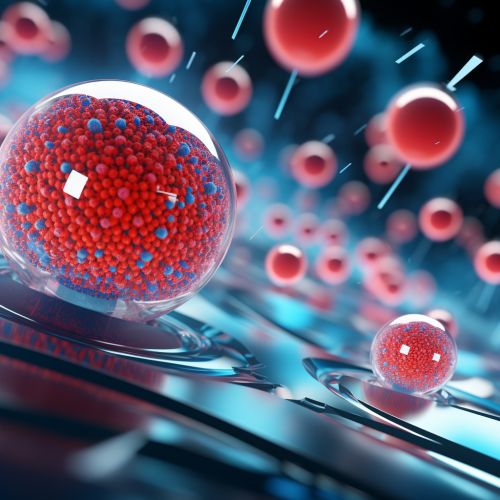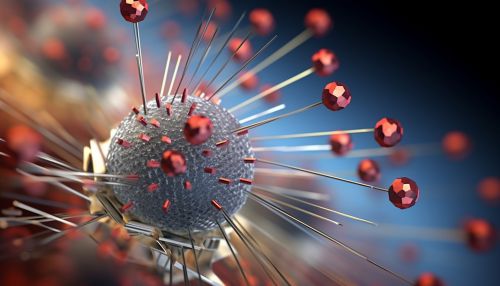The Role of Nanocarriers in Targeted Drug Delivery
Introduction
Nanocarriers are a type of nanoscale technology used in the field of pharmacology for the purpose of targeted drug delivery. They are designed to transport therapeutic agents to specific cells and tissues in the body, thereby increasing the efficiency of drug delivery and reducing the side effects associated with systemic drug administration. This article will delve into the role of nanocarriers in targeted drug delivery, covering their design, types, mechanisms of action, and applications in medicine.


Design and Types of Nanocarriers
The design of nanocarriers is a complex process that involves the manipulation of materials at the nanoscale to create structures capable of carrying drugs to specific targets in the body. There are several types of nanocarriers used in targeted drug delivery, each with unique properties and mechanisms of action.
Liposomes
Liposomes are spherical vesicles composed of one or more phospholipid bilayers. They are biocompatible, biodegradable, and capable of encapsulating both hydrophilic and hydrophobic drugs, making them versatile nanocarriers for targeted drug delivery.
Polymeric Nanoparticles
Polymeric nanoparticles are nanosized particles formed from natural or synthetic polymers. They can be designed to encapsulate drugs and release them in a controlled manner over time. Polymeric nanoparticles can also be functionalized with targeting ligands to enhance their specificity for certain cell types.
Dendrimers
Dendrimers are highly branched, tree-like macromolecules with a high degree of molecular uniformity and monodispersity. They have a high surface-to-volume ratio, allowing for the attachment of multiple drug molecules and targeting ligands.
Nanotubes
Nanotubes are cylindrical nanostructures with hollow interiors and high aspect ratios. They can be filled with drugs and sealed at both ends, providing a protected environment for the drug until it reaches its target.
Mechanisms of Action
Nanocarriers function by encapsulating or attaching the drug molecules and transporting them to the target site. The mechanisms of action of nanocarriers in targeted drug delivery can be broadly classified into passive targeting and active targeting.
Passive Targeting
Passive targeting involves the use of the natural physiological and pathological characteristics of the body to deliver the drug to the target site. For example, the enhanced permeability and retention (EPR) effect is a phenomenon observed in solid tumors where the leaky vasculature and poor lymphatic drainage allow nanoparticles to accumulate in the tumor tissue.
Active Targeting
Active targeting involves the modification of the nanocarrier surface with targeting ligands that can bind to specific receptors or antigens expressed on the target cells. This allows for the selective delivery of the drug to the target cells, thereby increasing the therapeutic efficacy and reducing the systemic side effects.
Applications in Medicine
The use of nanocarriers in targeted drug delivery has revolutionized the field of medicine, particularly in the treatment of cancer, infectious diseases, and neurological disorders.
Cancer Treatment
In cancer treatment, nanocarriers are used to deliver chemotherapeutic drugs directly to the tumor cells, thereby reducing the systemic toxicity associated with conventional chemotherapy. Nanocarriers can also be used to deliver gene therapy agents for the treatment of genetic disorders.
Infectious Diseases
In the treatment of infectious diseases, nanocarriers can be used to deliver antimicrobial drugs to the site of infection, thereby enhancing the therapeutic efficacy and reducing the development of drug resistance.
Neurological Disorders
In the treatment of neurological disorders, nanocarriers can be used to deliver drugs across the blood-brain barrier, a major obstacle in the treatment of central nervous system diseases.
Conclusion
Nanocarriers play a crucial role in targeted drug delivery, enhancing the therapeutic efficacy of drugs and reducing their systemic side effects. With advancements in nanotechnology and a better understanding of the biological processes involved in disease progression, the use of nanocarriers in targeted drug delivery is expected to revolutionize the field of medicine.
